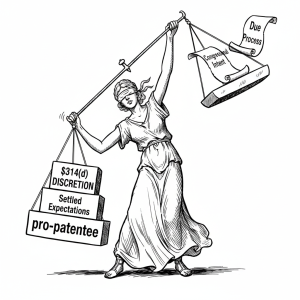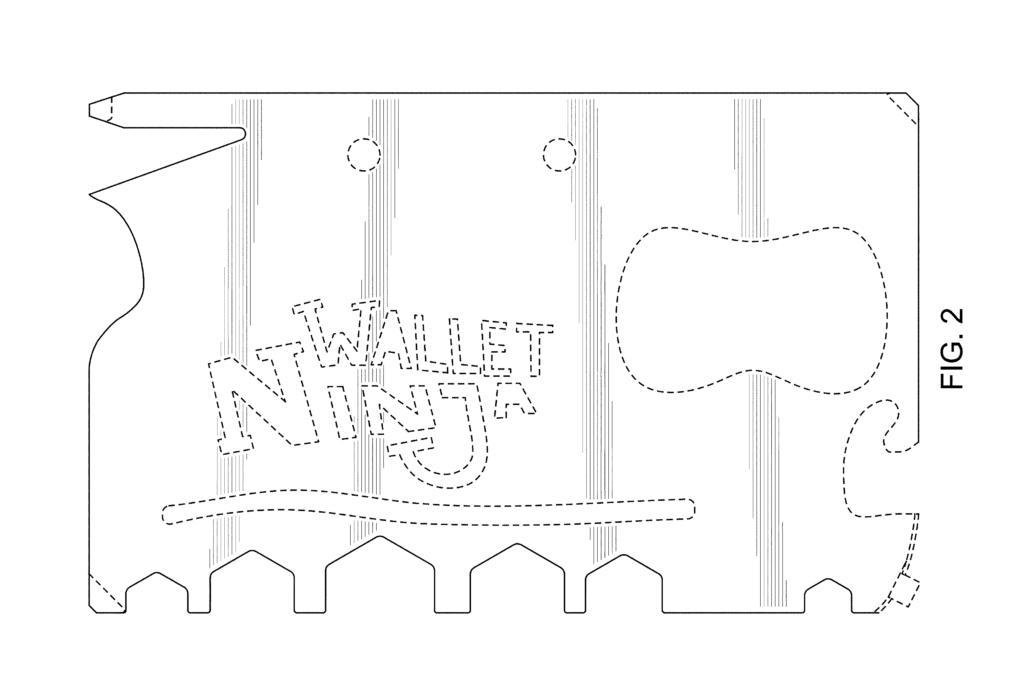by Dennis Crouch
The Federal Circuit recently handed down its decision in Bayer Pharma Aktiengesellschaft v. Mylan Pharmaceuticals Inc., No. 2023-2434 (Fed. Cir. Sept. 23, 2025), focusing on the the claim limitation “clinically proven effective.” Bayer’s U.S. Patent No. 10,828,310, which claims methods for reducing cardiovascular events in certain patients by administering specific doses of rivaroxaban (2.5 mg twice daily) and aspirin (75-100 mg daily) “in amounts that are clinically proven effective.” Generic manufacturers Mylan, Teva, and Invagen successfully challenged the patent in IPR proceedings — finding the claim term non-limiting. The Federal Circuit agreed that the term did not provide patentable weight – but through a different analytical path.
Clinically Proven Effective: Contrasting Analytical Approaches
The PTAB concluded “clinically proven effective” was non-limiting, reasoning that because the claims already recited specific dosage amounts (2.5 mg rivaroxaban twice daily and 75-100 mg aspirin daily), the additional characterization of these amounts as “clinically proven effective” was merely redundant. Drawing on Bristol-Myers Squibb Co. v. Ben Venue Labs., Inc., 246 F.3d 1368 (Fed. Cir. 2001), the PTAB found the phrase constituted an “expression of intended result [that] essentially duplicates the dosage amounts recited in the claims.”
On appeal though, the Federal Circuit took a markedly different approach, declining to decide whether “clinically proven effective” was limiting at all. Instead, the court applied the functional relationship test from King Pharms, concluding that even if the phrase were limiting, it constituted a “functionally unrelated limitation” that could not rescue an otherwise anticipated method from unpatentability. The court reasoned that clinical proof of efficacy “in no way transforms the process of taking the drug[s]” at the specified amounts and frequencies, emphasizing that the “the actual method . . . is the same” regardless of subsequent clinical validation.
The Functional Relationship Test from King Pharmaceuticals
In King Pharmaceuticals v. Eon Labs, 616 F.3d 1267 (Fed. Cir. 2010), the Federal Circuit established an important test for determining when additional claim limitations can make an otherwise anticipated method patentable. The case involved patents claiming methods of taking the muscle relaxant metaxalone with food to increase the drug's bioavailability - a practice that was already disclosed in prior art for reducing stomach upset. The patentee argued that adding a step of "informing" patients about the increased bioavailability made the claims novel. The Federal Circuit rejected this argument, holding that the relevant inquiry is whether the additional limitation has a "new and unobvious functional relationship" with the known method. Since informing patients about the drug's benefits "in no way transforms the process of taking the drug with food" and "the actual method . . . is the same" regardless of whether patients are informed, the informing step lacked the required functional relationship. This test prevents patentees from indefinitely extending patent protection over known methods by simply adding instructional, informational, or other functionally unrelated steps that don't change how the method actually works.
(more…)





